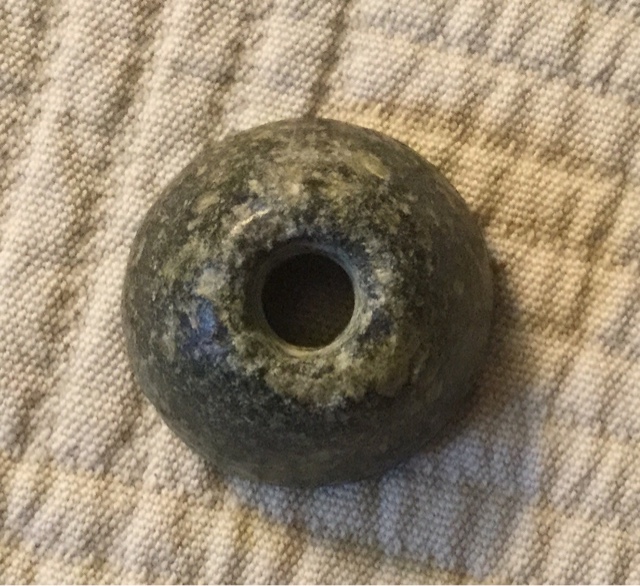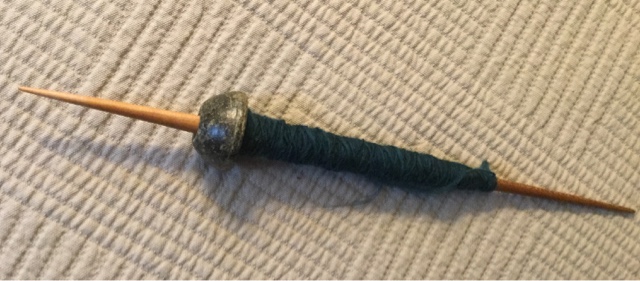THE STONE WHORL
Travel, History and Fiber Arts
Monday, August 8, 2016
League of NH Craftsmen Fair at M. Sunapee Resort
I just got back from doing two days of spinning demonstrations at the fair. Thanks to the NH Council on the Arts, I had a beautifully situated tent for demonstrations and an xcllent space to display various spinning tools and fibers. My demo tent was very busy with many visitors who had a lot of good questions about the process. The League does a very good job of providing demos and activities that give visitors a bariety of things to see and do in addition to shopping. Thre will be other fiber art related demonstrations throughout the week. The fair continues through Sunday, August 14. It is located on the grounds of the Mt. Sunapee Resort, in NH., exit 9, Newbury, off highway 89.
Thursday, July 14, 2016
Fibonacci, fractals and Fibershed
When I see an image like this I always wonder if the manmade article was copied from or inspired by its natural counterpart or are we just hardwired and so interconnected to the natural world that this iteration would be inevitable in any case. The stones that pave the way to the Cliffs of Moher in Ireland are marked with interconnecting spirals, much like Celtic knot patterns, only these were made by nature when the rocks were formed. Plants and sea shells exhibit Fibonacci sequences that are apparant in many artists's compositions. Once I have taught my students about fractals, those repeating patterns that change size but not shape and look the same at any scale, they see them in everything, because that is where they are. I also teach my students to keep a nature journal to help them develop observation skills. Again, they start to notice things thay hadn't seen before and how many things share that structure or pattern. This image was posted by Fibershed, a slow fashion, slow textile, grass roots organization devoted to keeping clothing a local product, from farm to finished product. This image was published in Selvedge Magazine, taken by Ian Lawson for an article on Harris Tweed.
Thursday, July 7, 2016
Monday, May 16, 2016
2016 NH Sheep and Wool Festival
This year's festival was again held at Deerfield Fairgrounds, Deerfield, NH. Saturday the weather was warm and wonderful, Sunday it was cloudy, chilly, and breezy. I always think of this festival as one for spinners and knitters. There are many wonderful raw fleeces and rovings to choose from and tools aplenty to work the wool.
I did a one hour lecture / workshop each day. Initially I was asked to do a lecture on spinning primitive breed sheep's wool. In planning it, it was immediately apparent to me that this was not only about the history of these sheep, but about the colors, textures and charcteristics of each breed's fleece. I morphed it into a hands-on experience so that those who attended had an opportunity to feel and spin some of these beautiful fibers.
It was well attended and received with enthusiasm. I requested more time for the workshop if I do it next year. People had wonderful and thoughtful questions. When speaking to an experienced, knowledgeable, and enthusiatic group it quickly became a conversation / discussion rather than a lecture. I hope the participants enjoyed it as much as I did.
Friday, May 6, 2016
NH Sheep and Wool Festival
I will be conducting an interactive workshop, at the festival, on spinning primitive breed sheep's wool. We will explore the characteristics of these breeds' wools and what tools are appropriate to get the best results. Participants will have the opportunity to try different fleeces and types of spindles. Workshops will be held on Saturday at 2:00 and Sunday at 1:00.
Spinning with a Medieval Tool
On a recent trip to France, I picked up a soapstone whorl in a fossil shop. I have purchased fossils from this dealer many times in the past and have found him knowledgeable and trustworthy. My husband spotted some whorls in a display case and low and behold, they were labeled accurately, not as beads.
This one meets all the requirements for what it is supposed to be; soapstone, decorated with a carved band parallel to the edge, plano-convex, hole is beveled, the rim has a small groove so that it can be used as a top or bottom whorl. It measures18mm high, 30 mm in diameter, and with an 8mm diameter hole. It fits nicely on several of my spindle sticks. Originally it would have been secured with some linen thread and beeswax, I'm using a small, clear hair elastic. It could be pushed on the stick hard enough to keep it from slipping, but that would probably scratch the spindle stick.
Subscribe to:
Comments (Atom)







